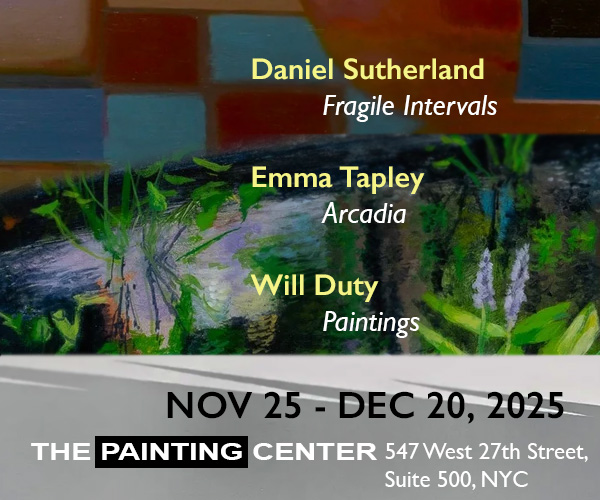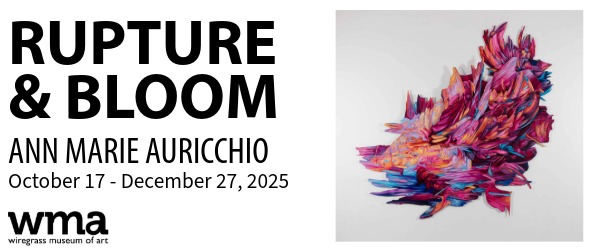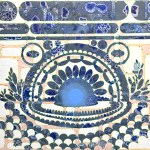
Contributed by Peter Malone / Richard Serra’s legacy carries a unique paradox. The conventional pragmatism that helped him navigate the art world went largely unnoticed, hidden by his disdainful attitude towards the public that underwrote a myth of fierce independence. Serra famously told Hal Foster in a 2018 book-length interview that “art is not democratic – it is not for the people.” While this uncompromising rendition of Serra dominates Foster’s work, a closer reading of the exchanges reveals an artist whose contempt for public opinion obfuscated his surrender to wealth and privilege.
No doubt it was true that he did not “canvas” the audience when planning a permanent piece. But the unstated flip-side of that fact was that Serra’s larger work could only have been realized with the support of those who held authority or proprietary control over exhibition spaces, whether the Guggenheim Bilbao, Dia Beacon, a Qatari desert, or a private farm in New Zealand. Partnerships with independent institutions, principalities, or landowners allowed Serra to achieve the ambitious scale he insisted on.
Early attempts like Terminal (1977), T.W.U. (1979),and the infamous Tilted Arc (1981) were public relations disasters. This was not because the sculptures were in the vanguard of envelope-pushing, creatively disruptive art. It was because they imposed his personal vision on public spaces with established, perfectly legitimate, and often incompatible multiple uses that, when challenged by Serra’s imperious projects, were effectively drafted into extolling democratic values against his elitism. This dynamic explains his hostile attitude towards “the people.”


Beyond several modest but compelling early projects like Circuit (1972), Serra’s defining reputation blossomed with Torqued Ellipses (1996–97), an extended series of curved enclosures that shared their exhibition space with viewers rather than filling it with obstacles. It was the accessibility of the Torqued Ellipses and their amenability to imaginative interpretation that won over a broad audience. Serra insists – and I would agree – that they were not designed to be popular. But their popularity clearly improved his reputation with the public.


The many projects Serra executed using an industrial forge process, as he did for MoMA’s Equal (2015), are expressions of unbridled ego. With few exceptions, they amount to rehashed Minimalism with the added P.T. Barnum-esque extravagance of massive tonnage. In my view, regardless of the financial and logistical effort required to create this work – special bridge-crossing permits, architectural reinforcement – not one surpassed the understated elegance of Tony Smith’s Die from 1962.


There is more than enough evidence of genuine achievement in Serra’s work to justify the posthumous accolades he is receiving. And it’s only fair that his better work is remembered at this moment. But just as important is the warning his career sounds regarding the susceptibility of autonomy to hubris. Serra saw no daylight between what he intended and what he created; it was what he said it was, other readings be damned. Given enough leeway, many artists might succumb to that kind of narcissism. But an artist’s intention and passion inevitably transfer imperfectly to the work. To pretend otherwise is to deny human nature and to ignore what, at bottom, makes art meaningful and discussable.
About the author: Peter Malone is a painter who writes about art.























Bravo!
Excellent article.
…an artist’s intention and passion inevitably transfer imperfectly to the work. To pretend otherwise is to deny human nature and to ignore what, at bottom, makes art meaningful and discussable.
Perceptive short essay on Serra. I walked through his work in San Francisco and had a mixture of emotions and found it worthwhile. Working in several galleries I can understand his attitude towards the public In addition in his interview with Charlie Rose his impervious and combative attitude was off putting. None-the-less he made great sculptures even to another sculptor with little sympathy for minimalism.
Peter Malone is entitled to his opinions. But there is a confluence of two elements which grind at the axle of his argument. The fact that Serra considers art not publuc entertainement and Malone does consider art a popularity contest, does not discredit either of them. Different strokes for different folks. Serra was involved with the dialectic of art history, not world imrovement. Art has two separate, incompatible, but legitimate publics –the civilians and the professionals. Serra chose the professionals. It is every artist’s prerogative to choose his public and neither choice. is “contemptuous,” “arrogant,” or a “disaster” as Mr. Malone characterizes. The fact that the civilians rejected Serra’s public sculptures is what it is. The same was true for VanGogh in his time, and even more true for Malevich and all the Russian Constructivists.
More disturbing is the cancel culture which is applauded these days and resembles the Spanish Inquisition of the 15th and 16th centuries
Since Mr. Neustein agrees that we are all entitled to our opinions, his reference to cancel culture is puzzling, as it is clear that his opposing opinions were both welcome and posted by the editors at Two Coats of Paint.
Mr. Malone,
Difference of opinion is called dialogue. Slurs, cancels of those who disagree with you is censorship and oppression. Tne editors of Two Coats may or may not agree with me just as their printing your comments does not hurl them into the trenches.
This strikes me as a pretty short article considering its title and the artist it’s covering. Also, I could’ve used examples of artists who have contributed with democratic intent. It would help me understand the writer’s point of view.
I like his work, particularly his large black oil stick drawings. I do think that there is something to be said for the area where they are placed. I saw his work in a sculpture park in Seattle and also at Dia Beacon and really liked the experience. Tilted Arc felt intrusive and out of place. Just my experience.